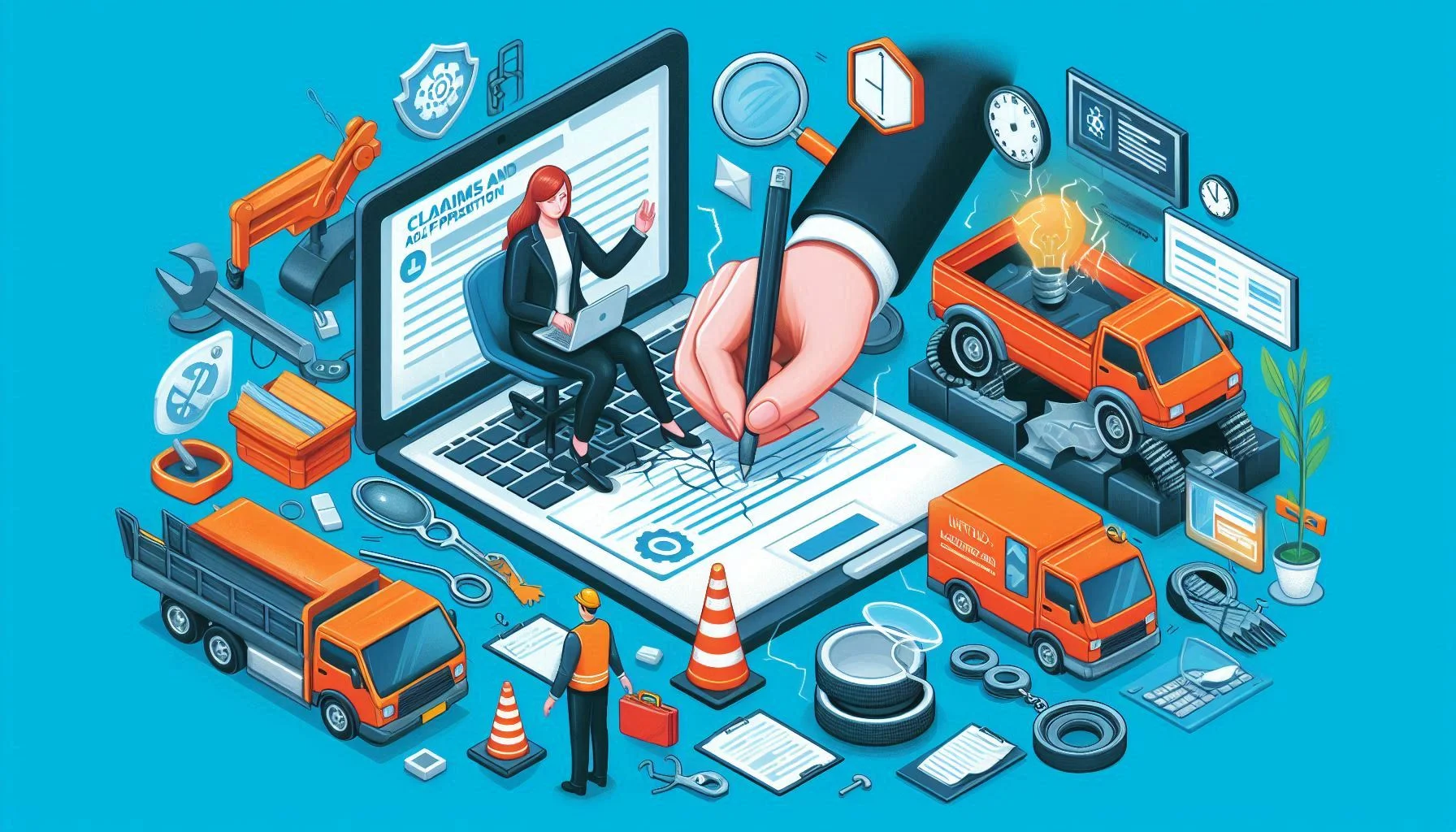Claims and Accident Prevention: A Comprehensive Guide
As businesses and individuals navigate the complexities of the modern world, the importance of claims and accident prevention cannot be overstated. The consequences of accidents can be devastating, resulting in injuries, fatalities, and costly damages. In this extensive guide, we will delve into the world of claims and accident prevention, providing you with the knowledge and tools necessary to mitigate risk and ensure a safe and secure environment.
Effective risk management is crucial in preventing accidents and minimizing their impact. By understanding the potential hazards and taking proactive steps to address them, organizations can significantly reduce the likelihood of accidents occurring. A well-planned risk assessment and mitigation strategy can make all the difference in protecting people, property, and assets.
Section 2: Understanding the Consequences of Accidents

Accidents can have far-reaching consequences, including severe injuries, fatalities, and significant financial losses. When an accident occurs, the affected parties may be entitled to compensation, which can be a lengthy and arduous process. Claiming compensation can help to alleviate the financial burden resulting from an accident, ensuring that those affected can access the medical treatment and other support they need.
Compensation claims can take various forms, including workers’ compensation, personal injury claims, and product liability claims. Each type of claim has its unique characteristics and requirements, and it is essential to understand the processes and procedures involved in seeking compensation. By seeking legal advice and guidance from an experienced claims expert, individuals and organizations can navigate the complex claims process with confidence.
Section 3: Strategies for Preventing Accidents
Accidents can be prevented or mitigated by implementing effective safety measures and protocols. Employers, in particular, have a legal duty to ensure a safe working environment, and failure to do so can result in costly fines and reputational damage. By adopting a proactive approach to safety, organizations can significantly reduce the risk of accidents occurring.
One of the most effective strategies for preventing accidents is the implementation of a robust health and safety policy. A well-crafted policy outlines the organization’s commitment to safety, sets out the procedures for reporting incidents and near-misses, and provides guidance on how to prevent accidents from occurring. A comprehensive policy also identifies potential hazards and takes steps to mitigate them, such as providing personal protective equipment (PPE) and conducting regular safety inspections.
Another crucial aspect of preventing accidents is employee training. By providing employees with the knowledge and skills necessary to perform their jobs safely, organizations can significantly reduce the risk of accidents occurring. Regular training sessions can focus on specific hazards and risks, such as lifting, manual handling, and ergonomics, and can help employees to develop safe working practices.
Section 4: Accident Response and Reporting
Accident response and reporting are critical components of the claims and accident prevention process. Prompt and effective response to an accident can help to reduce the severity of the injury or damage, while ensuring that the necessary procedures are followed to prevent future occurrences.
Accident reporting procedures should be clearly outlined in the organization’s health and safety policy, and should include the following key steps:
-
- Reporting incidents to the relevant authorities
-
- Conducting a thorough investigation to determine the cause of the accident
-
- Providing immediate first aid and medical treatment
-
- Notifying the next of kin or affected parties
-
- Documenting all relevant information, including the date, time, and location of the accident
Section 5: Claims and Accident Prevention Technology
Advances in technology have revolutionized the way we approach claims and accident prevention. From sensors and monitoring systems to mobile apps and data analytics, a range of innovative solutions are available to help organizations detect and prevent accidents.
Some of the most promising claims and accident prevention technologies include:
-
- Wearable technology: Wearable devices can monitor employee movements and provide real-time feedback on unsafe practices, helping to identify potential hazards and prevent accidents.
-
- Predictive maintenance: Predictive maintenance can help to identify potential equipment failures and prevent accidents from occurring.
-
- Incident management software: Incident management software can streamline the reporting and investigation process, helping to ensure that accidents are quickly and effectively responded to.
-
- Data analytics: Data analytics can help to identify trends and patterns in accidents, providing valuable insights to inform risk management strategies.
Section 6: Conclusion
Claims and accident prevention are critical components of any organization’s risk management strategy. By understanding the consequences of accidents and taking proactive steps to prevent them, organizations can protect people, property, and assets. This comprehensive guide has provided you with the knowledge and tools necessary to implement effective claims and accident prevention strategies, and to mitigate the risks associated with accidents.
Remember, preventing accidents is a continuous process that requires ongoing effort and attention. By staying vigilant and committed to safety, you can help to ensure a safer and more secure environment for everyone.
